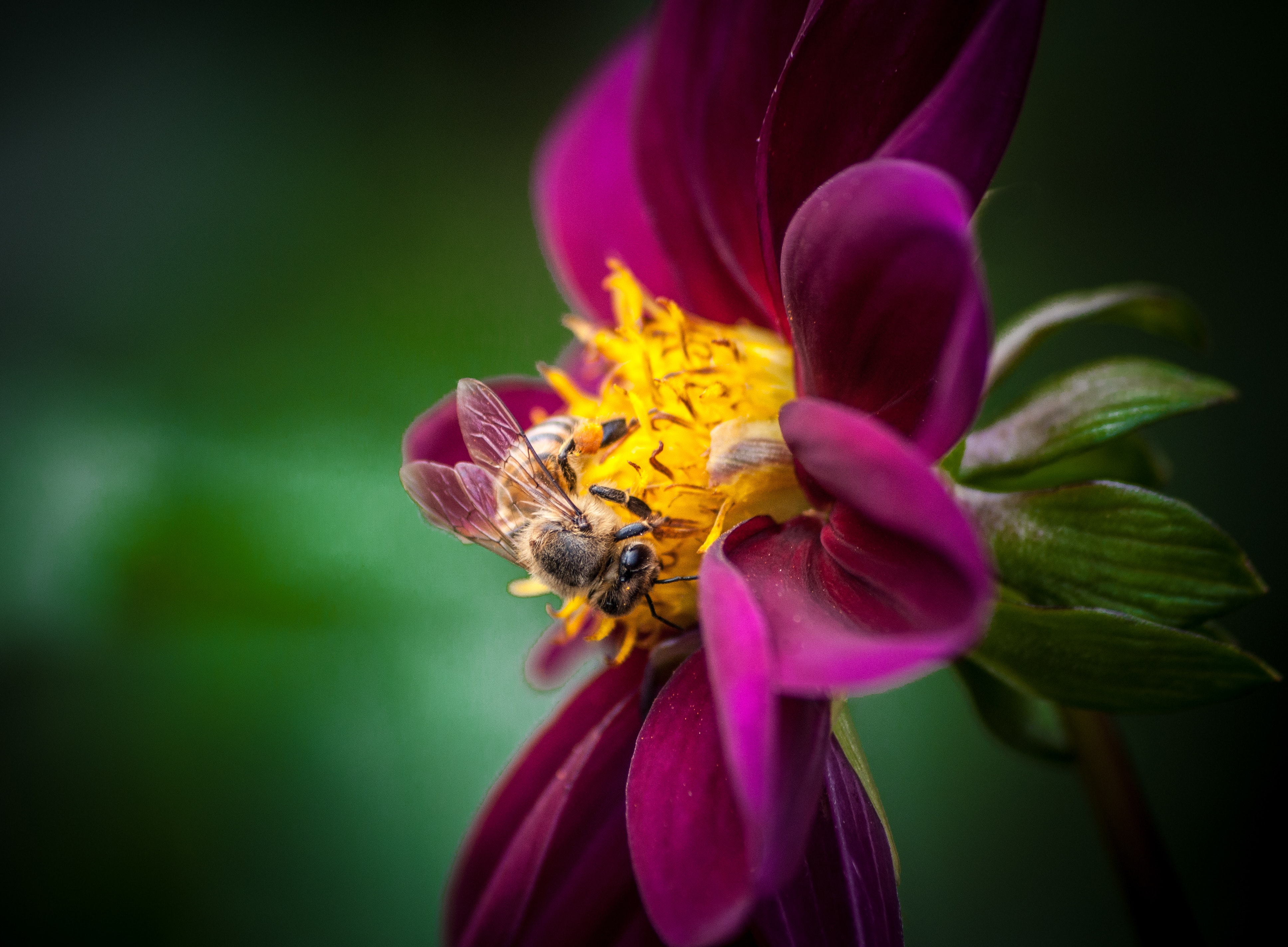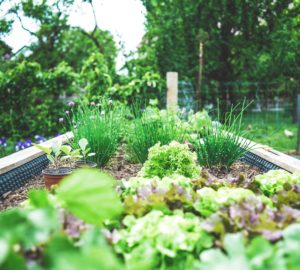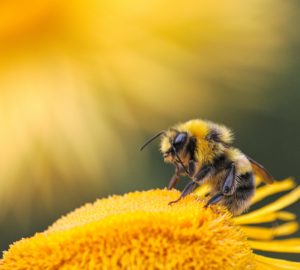This nonprofit is doing un-bee-lievably amazing things to protect our pollinators!
We love bees. We love the hum they make in a garden, the waggle dance they perform for each other, and the loyalty they show to their Queen Bee. 👑🐝And we’re especially grateful to bees because they pollinate so much of the food we eat, the drinks we sip, and the flowers we smell.
Bees do SO much for us! The very least we can do is support pollinator-friendly environments for them to thrive, too. And with bee populations declining at drastically high rates, they need our help.
That’s why, we’re partnering with The Honeybee Conservancy, a nonprofit dedicated to not only protecting pollinators, but also inspiring communities to show love to our incredible bee friends.
The Honeybee Conservancy
The Honeybee Conservancy — founded by Guillermo Fernandez, Master Beekeeper candidate and NYC beekeeper himself — is doing so much to make the world a happier place for bees (and all bee-ings!) to call home.
From building bee sanctuaries across the U.S. and Canada to launching a Bee Ambassadors Program, their team works fiercely to foster a kinder, more sustainable planet for pollinators.
View this post on InstagramA post shared by The Honeybee Conservancy (@thehoneybeeconservancy) on
The Honeybee Conservancy also created a Sponsor-a-Hive partnership program that places bees in community farms and food gardens. Their focus is to feed the millions of Americans living in “food deserts,” which are low-income areas that are more than a mile from a supermarket. It’s a beautiful example of how supporting bees helps all of us bloom in different ways. 🌿🌻🌱
“Bee the solution”
Luckily, there are lots of ways to step up and show pollinators, like bees, you care.
- Plant a bee garden/build a bee box
- Go pesticide free
- Sponsor-a-hive
View this post on InstagramA post shared by The Honeybee Conservancy (@thehoneybeeconservancy) on
Check out more ways to get involved with The Honeybee Conservancy and protect pollinators at Bee the Solution.
Read more posts about pollinators and how you can help:
- 7 Simple ways to make your home pollinator friendly
- Quiz: what do you know about the birds and the bees (and other pollinators)?
- 3 Ways you can help save the bees









